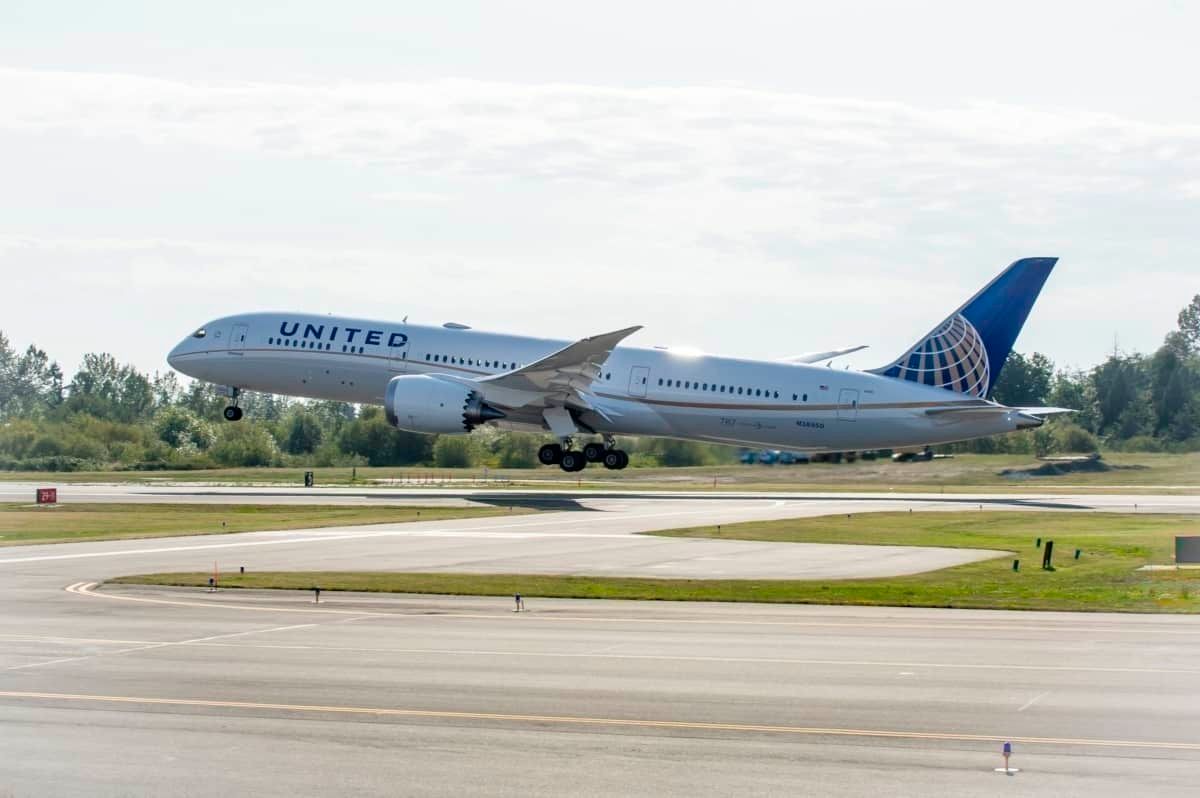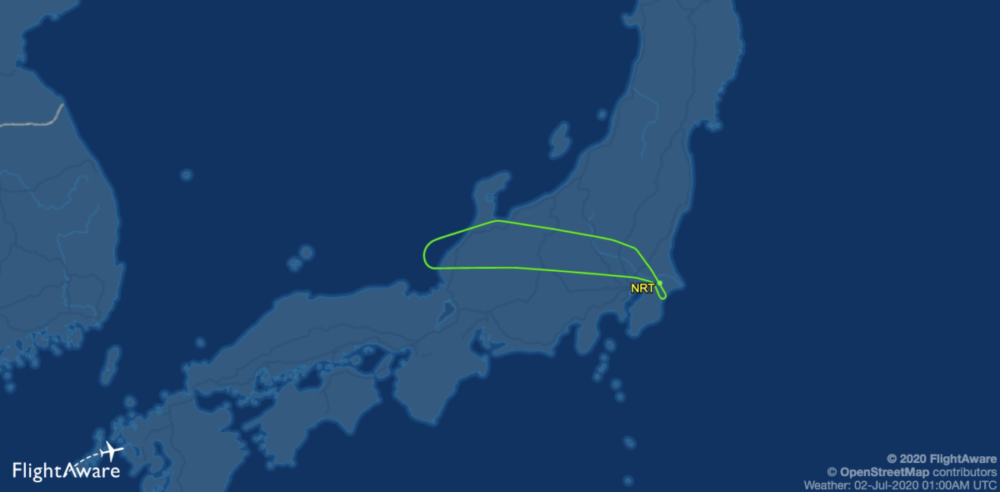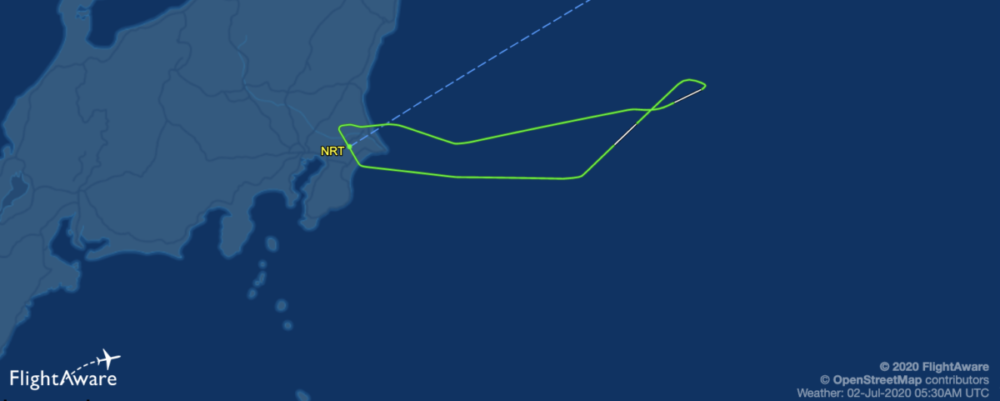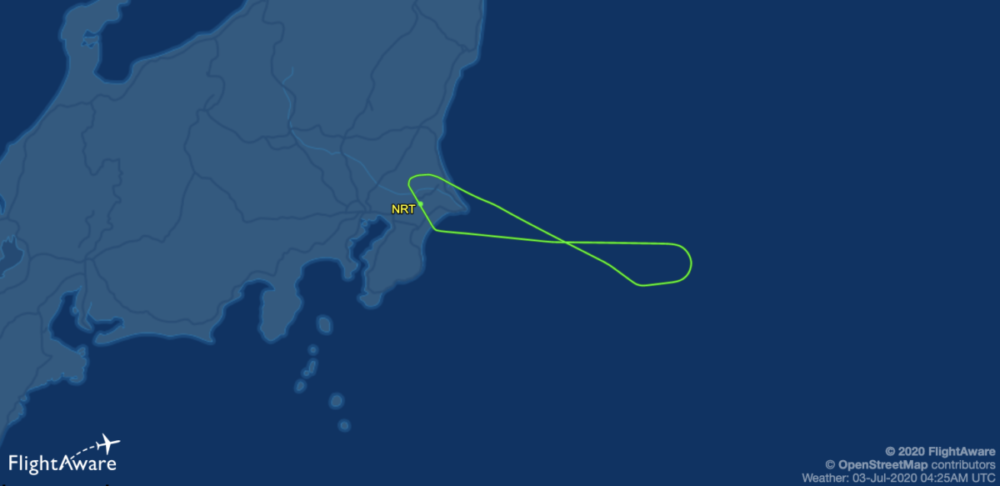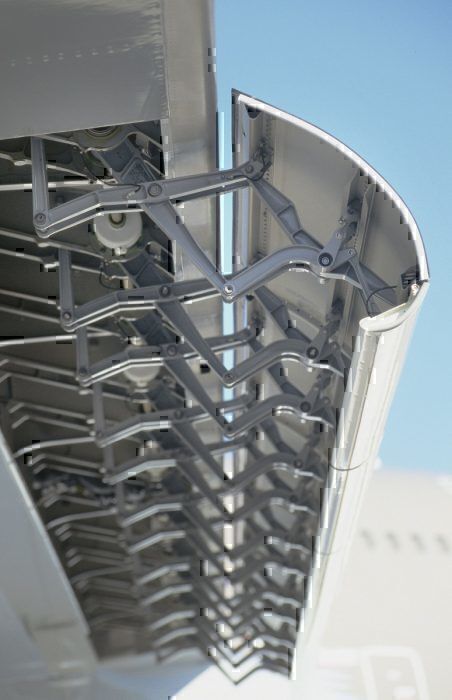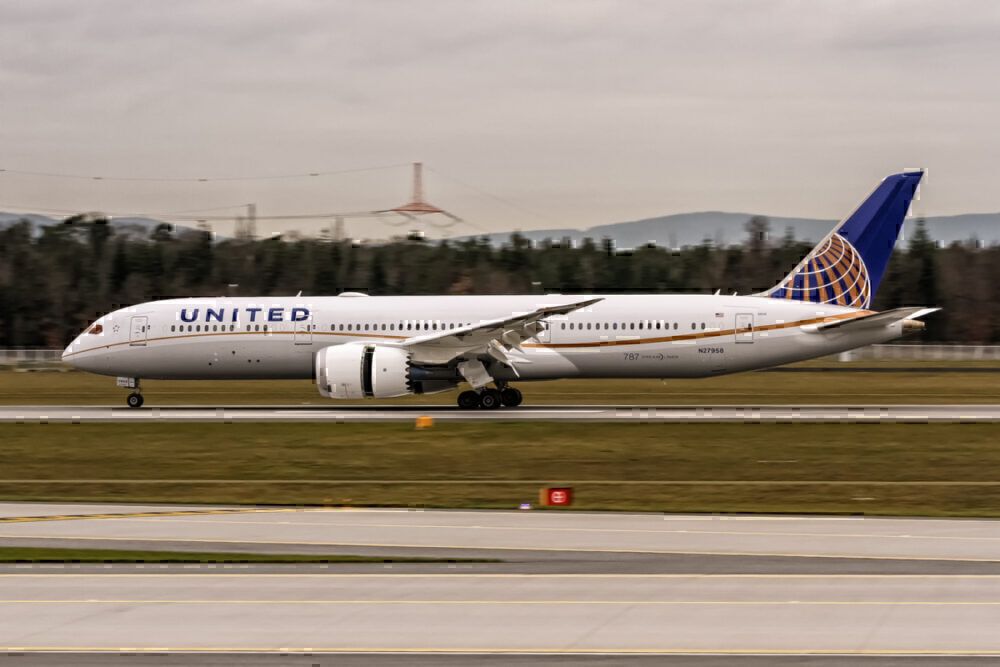A United Airlines Boeing 787-9 had to return to Tokyo's Narita airport three times for a problem with its leading edge flaps. The aircraft returned to Narita twice on July 2nd and once on July 3rd. There were no passengers onboard any of the flights.
The incidents
A single United 787-9 faced three separate flap incidents on three different flights per the Aviation Herald. First, on July 2nd, the aircraft was performing flight UA2822 from Narita Airport (NRT) in Tokyo to Beijing (PEK). About 160nm out of Tokyo, the crew decided to return to Narita due to a problem with the left-hand leading edge flaps. While the aircraft did land safely, the plane came in at a higher than normal speed about 80 minutes after departure.
The plane spent a few hours on the ground before taking off for flight UA2770 to San Francisco (SFO). During the climb, the crew had to stop the flight and return to Narita, again with a left-hand side leading edge flap issue. Like the previous flight, the aircraft landed at Narita about two hours after departure at a higher than normal speed.
After a day on the ground, the aircraft again prepared to perform flight UA2770 to San Francisco. Again, during the climb, the crew stopped and decided to return to Narita due to a left-hand leading edge flap problem. And, again, the plane arrived in Narita at a higher than normal landing speed about 90 minutes after departure.
What are the leading edge flaps?
Leading edge flaps are a crucial part of an aircraft. When deployed, the flaps help produce lift for an airplane. These flaps are used primarily during takeoff and landing when the plane is at a low speed.
It is unclear what the core issue was in these incidents. There may have been an issue that would have led to the flaps unable to be deployed, which would explain the aircraft's higher than normal landing speed. Or, perhaps, it was a different issue altogether. United did not expand on what the exact problem was.
The plane
The aircraft involved in this incident was N27958. This Boeing 787-9 is just under five years old, according to data from Planespotters.
These flights were some of United's cargo-only operations. As a result, there were no passengers onboard the aircraft. Also, the plane only needed a few crewmembers since there was no cargo in the cabin.
United is in the process of retrofitting its Boeing 787-9s to include the airline's new Polaris product. This aircraft, however, appears not to have undergone the retrofit yet. Thus far, per United, three of the airline's 787-9s are equipped with the new Polaris seats. One of the smaller 787-8 has the new Polaris seats. Meanwhile, all of United's 787-10s came delivered with the brand new interior.
What do you make of this incident? Let us know in the comments!

